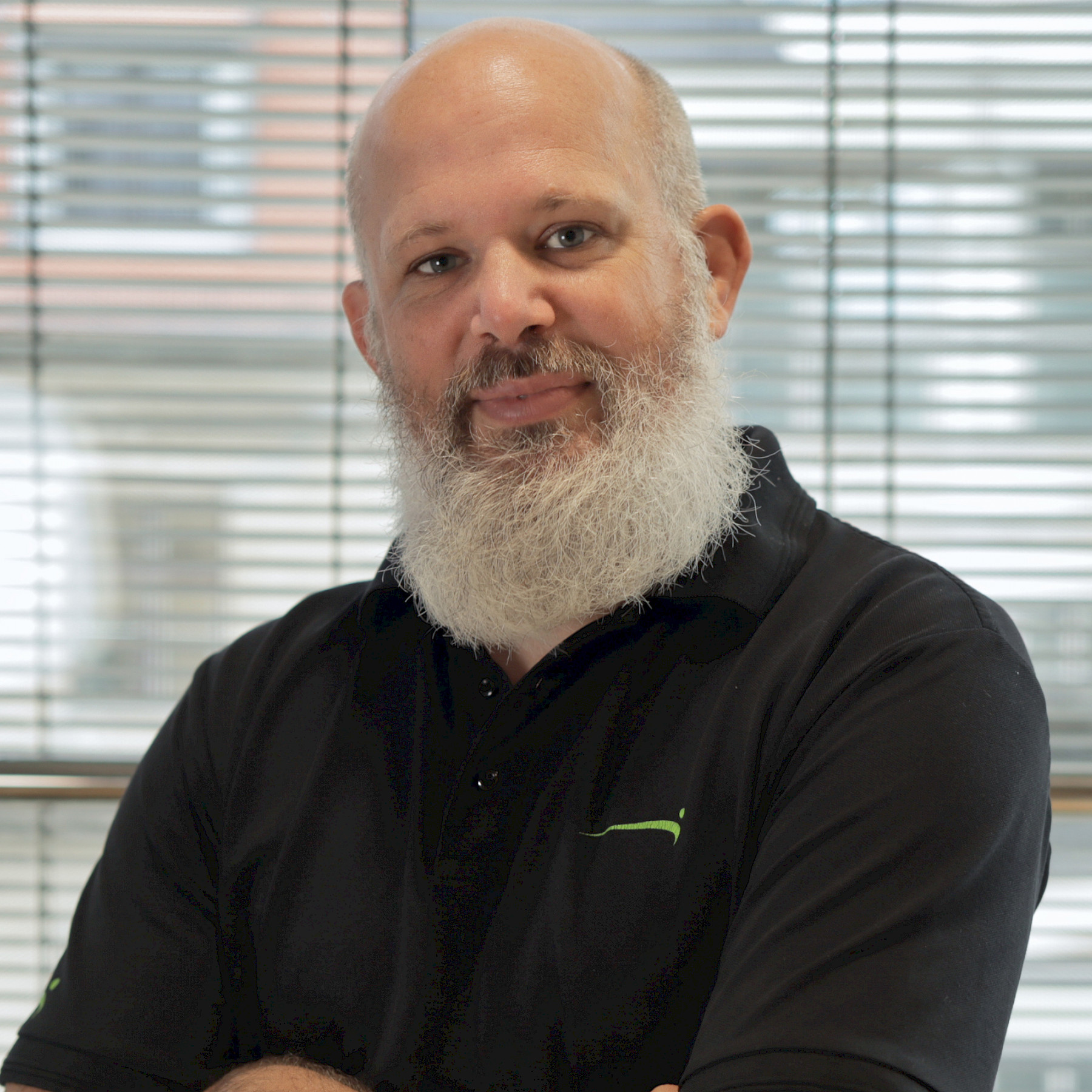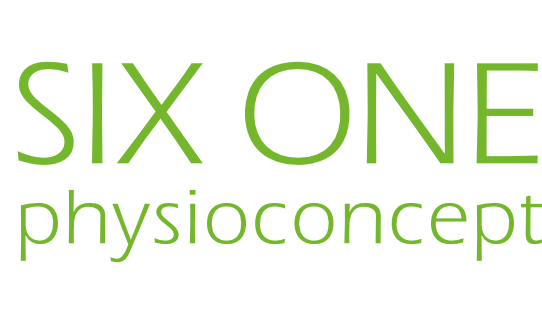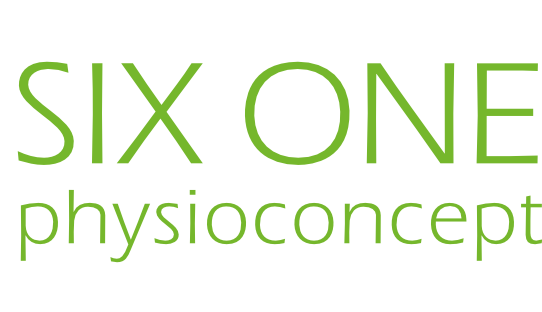The "fascia distortion model" - Part 2
Back in February, we introduced the Fascia Distortion Model (FDM) to you here. As announced, we would like to give you a closer look at "FDM" in another article.
Fascia is a type of connective tissue that surrounds and supports muscles, bones, organs, and other tissues in the body. It is a continuous, three-dimensional web-like structure that provides a framework for the body's movement and stability.
According to the FDM, fascial distortions can occur due to a variety of factors, including trauma, inflammation, repetitive stress, and poor posture. These distortions can lead to pain, limited range of motion, and other symptoms.
The FDM categorizes fascial distortions into six different types, each with its own unique characteristics and treatment approach:
- Triggerband: a long, narrow band of tightened fascia that can cause pain and restricted movement.
- Herniated triggerpoint: a localized area of fascial distortion that can cause pain and tenderness.
- Continuum distortion: a twisting or torqueing of fascia that can cause pain and limited range of motion.
- Cylinder distortion: a compression or squeezing of fascia that can cause pain and weakness.
- Tectonic fixations: a fixation of fascia that can cause pain and restricted movement.
- Fold distortions: a folding or pleating of fascia that can cause pain and limited range of motion.
Treatment for FDM involves specific manual techniques, such as pressure, tension, and twisting, to release the fascial distortions and restore normal function. The goal of treatment is to relieve pain, restore range of motion, and improve overall function.
FDM is often used in conjunction with other therapies, such as physical therapy and chiropractic care.
Have we aroused your interest in a treatment? Then you are welcome to make an appointment with our osteopath Daniel Arenz, who is trained in FDM and P-DTR.


